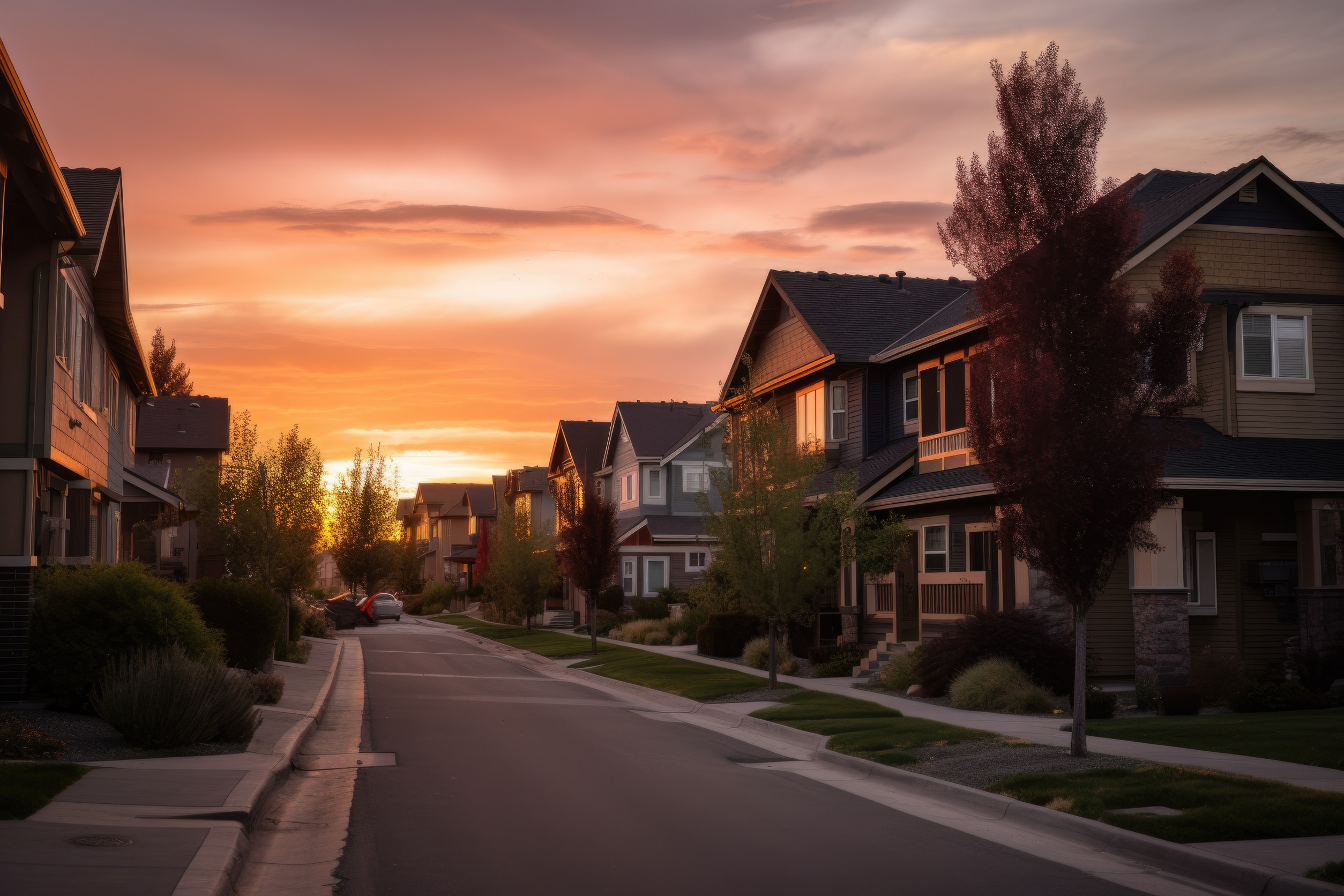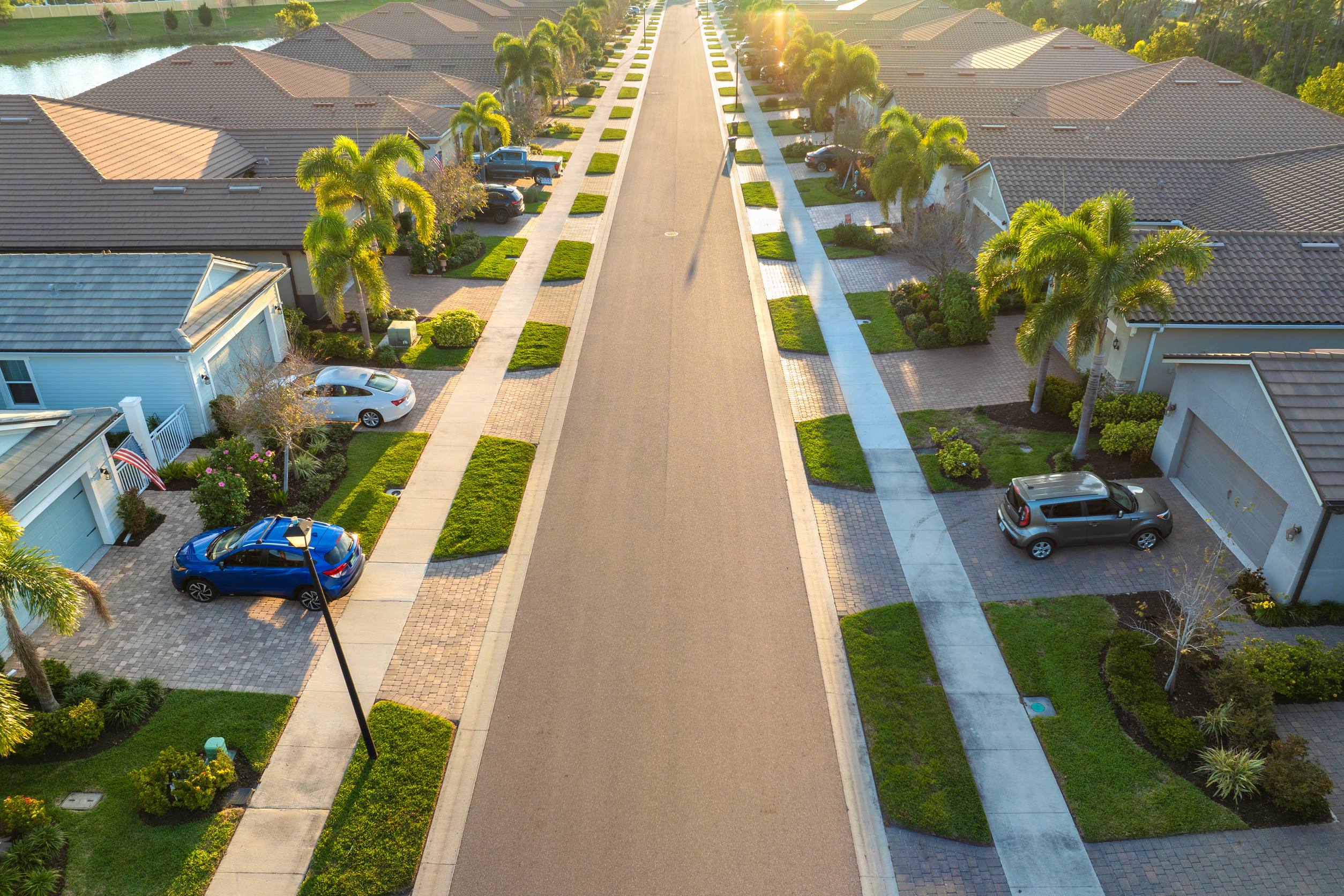Moving into a new neighborhood is more than just finding the right square footage or granite countertops—it’s about safety, comfort, and long-term peace of mind. Even the most charming houses can sit in areas with hidden problems that only reveal themselves after the paperwork is signed.
A great neighborhood supports daily life, while a bad one can make even your dream home feel like a burden. That’s why it’s crucial to look beyond the listings and glossy brochures. These ten warning signs are often overlooked but can spell trouble down the line if ignored.
1. Frequent Police Activity
If there are constantly sirens blaring or police cars circling the area, that’s a major red flag. High police presence usually means high crime, which can directly impact both your safety and property value. It’s worth checking public crime maps or talking to local residents before committing. Even if crime isn’t violent, frequent break-ins or vandalism can disrupt daily life. A neighborhood should feel secure, not surveilled.
2. Poorly Maintained Properties
Peeling paint, overgrown lawns, and abandoned buildings can signal a lack of community pride—or worse, a declining area. Property neglect can drag down surrounding home values and invite unwanted activity. It also suggests that either residents or landlords don’t have the means or motivation to care for their homes. This kind of environment can be hard to reverse once it sets in. Well-kept homes reflect a stable and invested community.
3. Empty Storefronts and Closing Businesses
When local businesses are shutting down or store windows are papered over, it’s usually not a good sign. Thriving neighborhoods have a healthy mix of shops, cafes, and services that meet everyday needs. Business closures suggest economic trouble or a lack of community support. It also means fewer amenities and more inconvenience for future residents. A vibrant local economy is a cornerstone of neighborhood health.
4. Noisy or Aggressive Traffic
If the streets are filled with speeding cars, honking, or dangerous intersections, safety and serenity take a backseat. Heavy traffic noise can make outdoor space unusable and sleep difficult. It also raises concerns for kids and pets who might be at risk just stepping outside. Aggressive drivers or poor signage indicate a lack of municipal oversight. A peaceful neighborhood shouldn’t feel like a freeway on-ramp.
5. Lack of Community Engagement
A neighborhood where no one speaks, waves, or interacts can feel isolating and cold. While everyone values privacy, a complete lack of social connection often reflects deeper issues like distrust or transient populations. Strong communities usually have events, block groups, or at least a sense of mutual respect. Without engagement, safety and cohesion can quickly erode. Community is about more than proximity—it’s about connection.
6. High Turnover Rates
If houses seem to change hands frequently, that’s a signal people aren’t sticking around for a reason. Constant moving in and out can destabilize the neighborhood and reduce the incentive for long-term investment. It also makes it harder to form lasting relationships with neighbors. High turnover often goes hand in hand with issues like noise, crime, or poor schools. A great neighborhood makes people want to stay.
7. Visible Signs of Substance Abuse
Discarded needles, people loitering, or clear signs of drug activity are major red flags that can’t be brushed aside. Substance abuse problems often bring crime, reduced property values, and a sense of unease. It’s not just about appearances—it’s about safety and the overall atmosphere of the area. These issues are hard to change without serious intervention and resources. A healthy neighborhood shouldn’t feel risky to walk through.
8. Weak or Failing Schools
Even for those without kids, school quality plays a huge role in a neighborhood’s reputation and future value. Schools reflect community priorities, and low-performing ones can drag down surrounding areas. They also make it harder to resell a home or attract new residents. A neighborhood with strong schools typically benefits from higher engagement and investment. Education quality is a reflection of the broader community’s strength.
9. Poor Infrastructure and Lighting
Cracked sidewalks, pothole-ridden streets, and broken streetlights are more than cosmetic issues—they’re safety concerns. Poor lighting makes crime easier, while bad roads or sidewalks put everyone at risk. These conditions also point to neglect by local government or lack of resident advocacy. Infrastructure tells a lot about how well a neighborhood is cared for and how much attention it receives. A solid environment starts with the basics being in working order.
10. Excessive For Sale or For Rent Signs
An abundance of real estate signs signals instability or dissatisfaction among residents. It often means people are trying to get out, which raises questions about what they’re leaving behind. Too many vacancies can also lower demand, which affects home values and overall vibrancy. Neighborhoods in flux can feel transient, with fewer long-term ties between residents. A stable community isn’t one where everyone seems to be packing up.
Stay Sharp and Ask the Right Questions
Choosing a neighborhood is just as important as choosing a home—maybe even more so. The environment surrounding your front door can support or sabotage your quality of life in countless ways. Paying attention to these red flags can prevent regret, frustration, and wasted money down the road. Look past the curb appeal and investigate the warning signs that others miss.
What are your neighborhood must-haves or red flags? Share your thoughts in the comments below.
Read More
7 Yard Features That Could Be Illegal in Your Neighborhood by Next Year
9 Neighborhood Features That Lower Your Home’s Value Instantly


